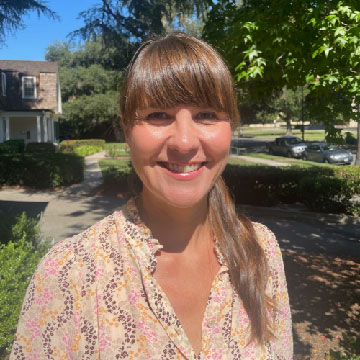Combining earthquake source observations with physics-based models and geological constraints to infer crustal strength

Dr. Rebecca Harrington
Professor and Chair of Hydrogeomechanics – Ruhr University Bochum
Host: Dr. Matthew Weingarten
Tuesday, November 14, 2023
3:30 pm – CSL 422
watch Rebecca’s talk
Abstract
The seismically observable static stress drop is a parameter that can be directly measured from seismograms and is tied to how energetic a given earthquake can be. Static stress-drop estimates typically fall within the range of 1-10 MPa for most earthquakes, but commonly vary between 0.1 – 100 MPa. The range begs the question as to what portion of it results from variation in faulting and/or rupture processes within the fault zone, and what portion results from observational constraints. In this talk, I will present work that first shows quantitative estimates of stress-drop variability as a function of station coverage and helps to disentangle physical variation in stress drop estimates from observational constraints. I will then present our results of the spatiotemporal variability of stress drop values in a range of geological settings, as well as our interpretations of the distribution in the context of modeling results and geological information. I will demonstrate how our findings suggest that at least 20 stations with an azimuthal gap of no greater than 90 degrees are necessary to place accurate constraints on stress drop values of small (M < 3) earthquakes. I will also show evidence that the static stress drop is a consistent proportion of the deviatoric stress, meaning that it may be a useful metric to infer crustal strength. Finally, I will conclude with thoughts on future work needed that examines the interaction between slow and fast slipping fault patches using a suite of complimentary approaches in order to find out if faults slip at a continuum of speeds.

